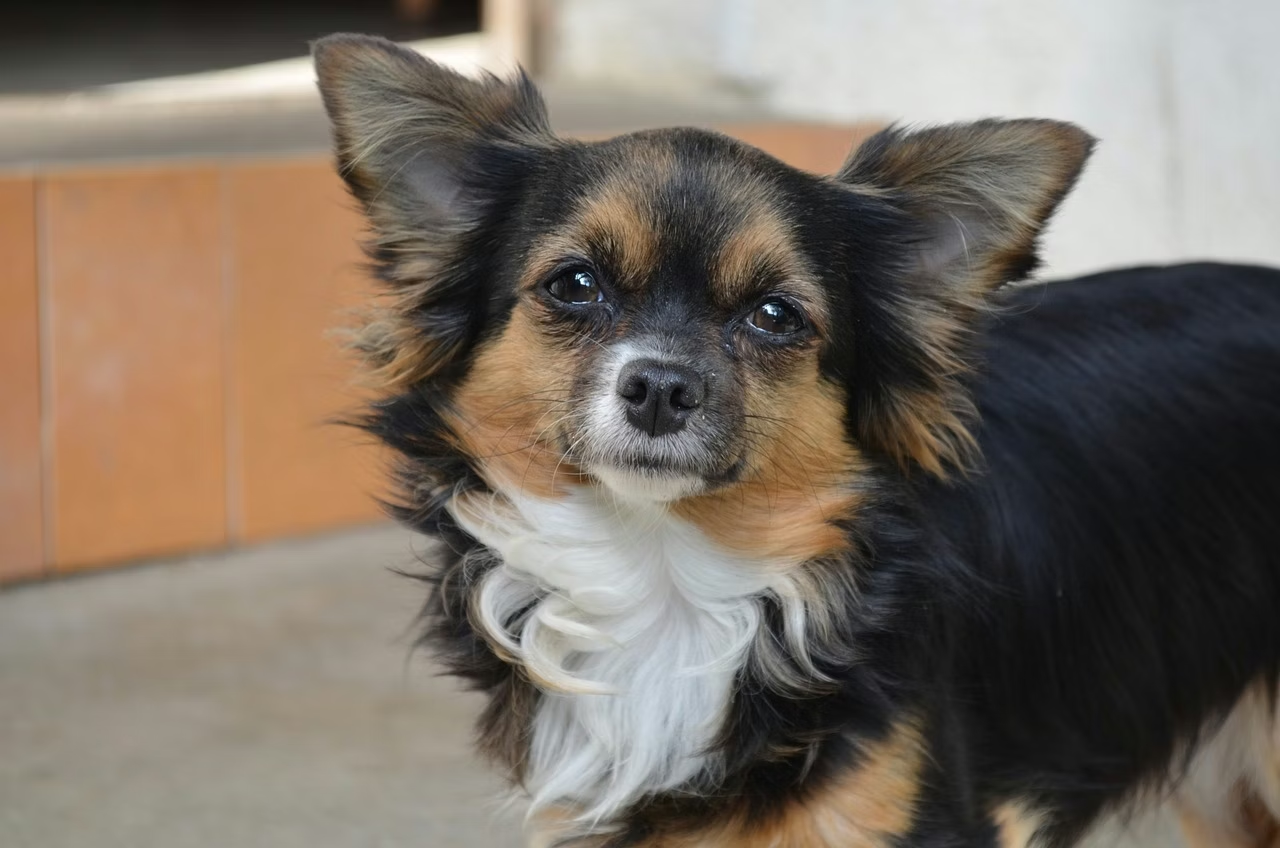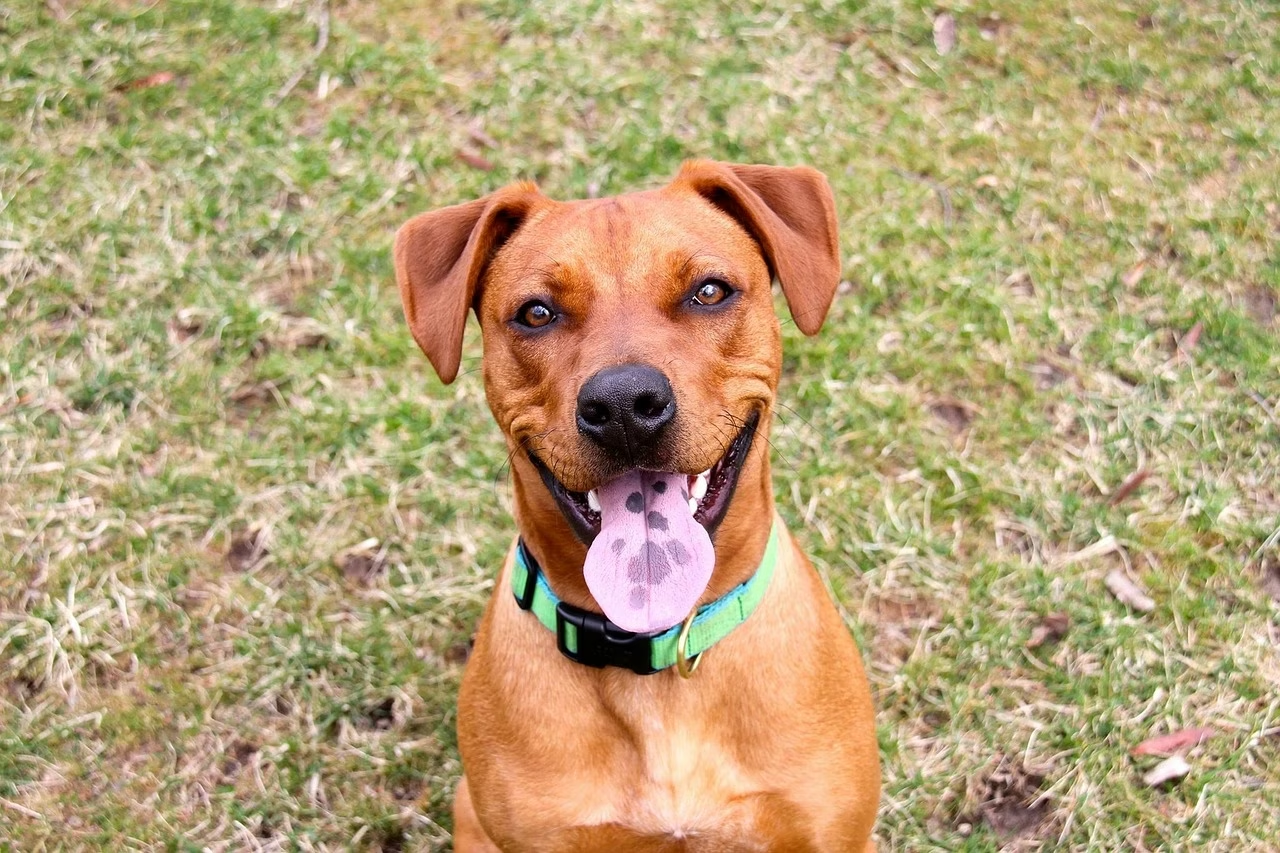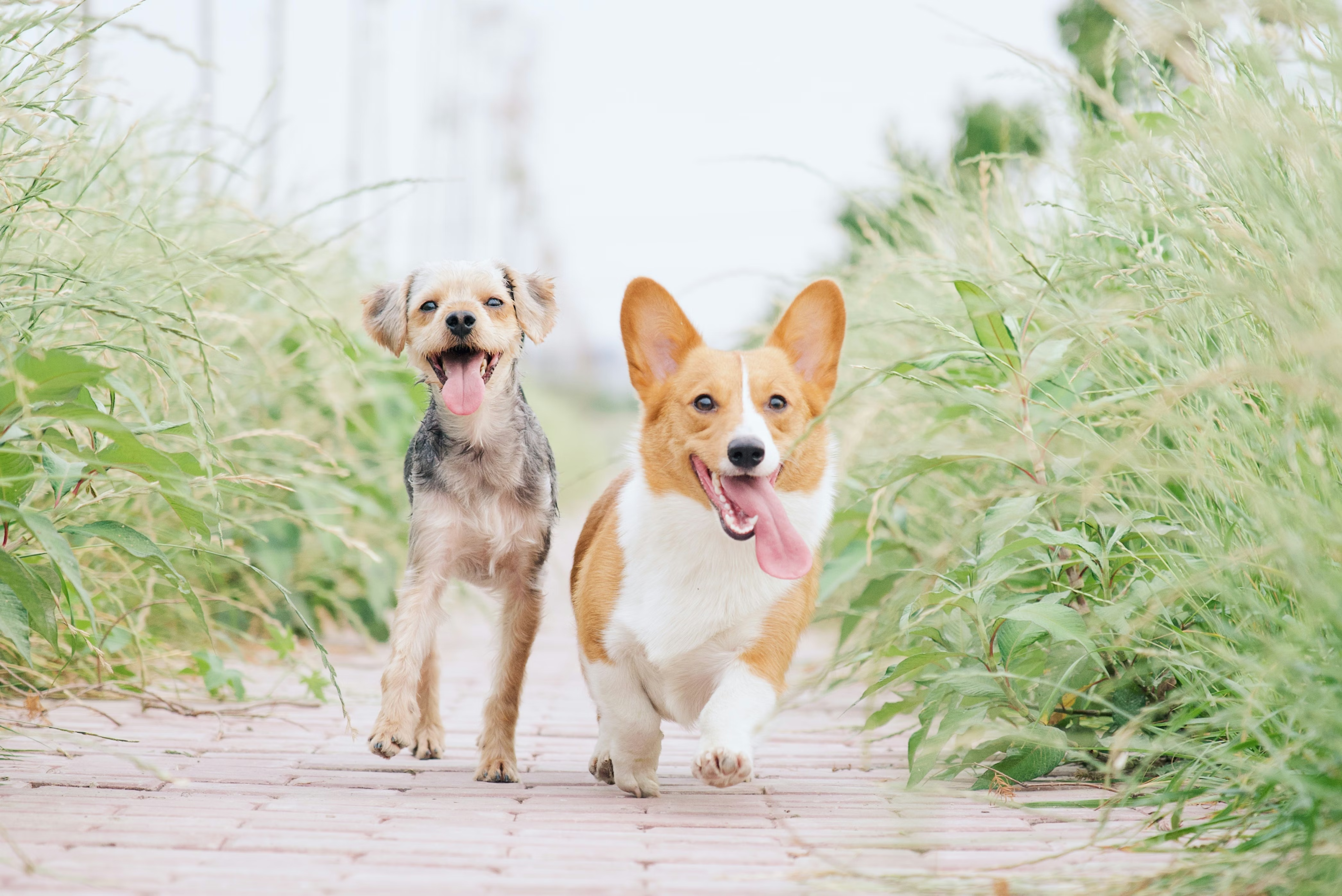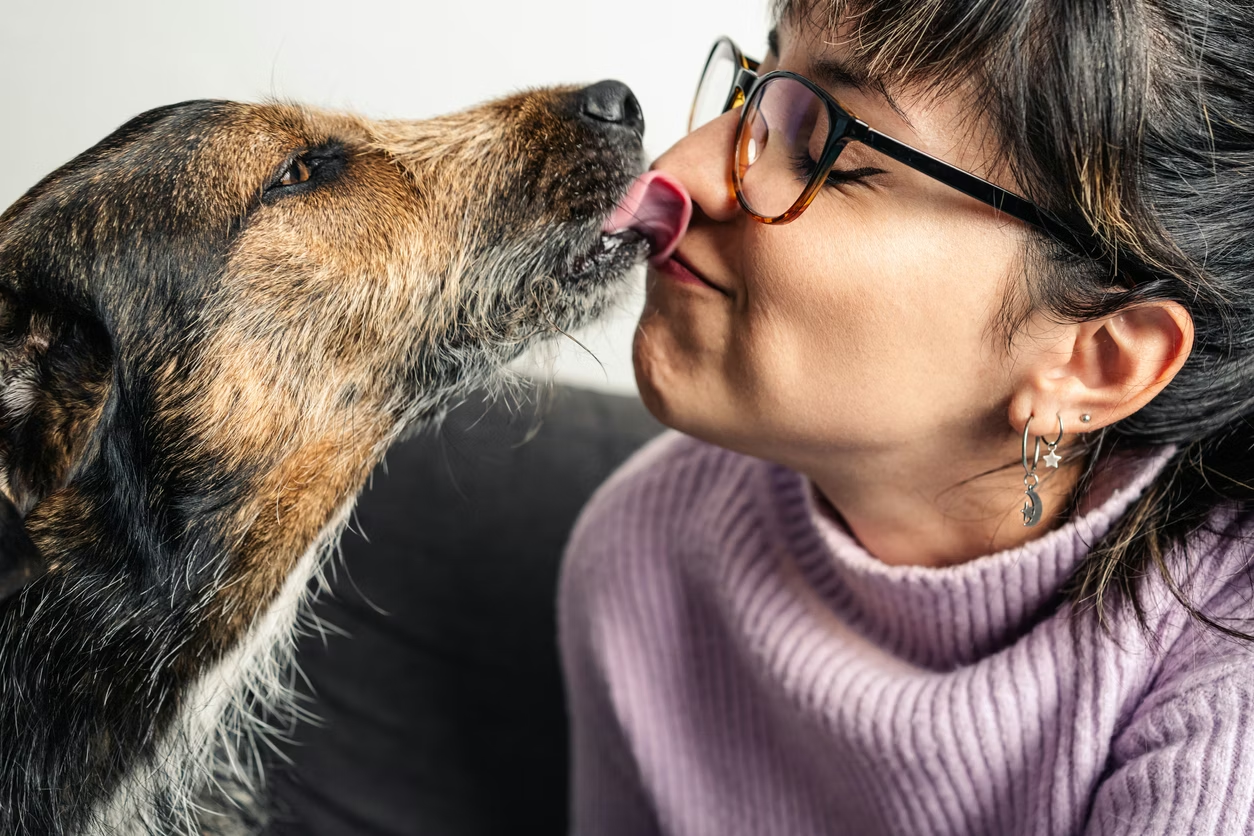Though there are hundreds of recognised dog breeds around the world, purebreds make up only a portion of the domestic dog population. The rest of the dogs we know and love are landraces, crossbreeds (AKA designer dogs), or our topic for today, mutts.
What makes a dog a mutt?
A mixed-breed dog, also known as a mutt, is a dog that results from the mating of dogs that are not the same breed or landrace. Oftentimes, these matings are unplanned and the breed mix of the parents is unknown. Unlike purebred dogs, which are intentionally bred to meet strict guidelines for appearance and temperament, mutts inherit a combination of traits from a wide range of ancestors and can vary dramatically in looks and personality even within a single litter. Additionally, the genetic diversity of mixed-breed dogs lessens the risk that these pups will inherit genetic disease mutations. However, as research by members of the Wisdom Panel team has shown, mutts can inherit single-gene genetic disorders.
The difference between mutts, landraces, and designer dogs
Mutts are best thought of as mixes of purebred dogs (or in many cases, mixes of mixes of purebred dogs). These dogs often reproduce without oversight and represent many stray dogs or dogs that result from accidental matings between pet dogs. Though the breed mixes vary, free-roaming dogs—or street dogs—from different geographic locations can share similar characteristics.
Landraces have been bred over a long period of time and have adapted to their physical environment. Those who use landrace dogs for work breed them with specific characteristics and temperaments in mind. Landraces are not pedigreed dogs and though they are genetically similar, they vary more in appearance and genetic diversity than purebred dogs.
Designer dogs are not also recognised as breeds by the major kennel clubs. But unlike the opportunistic matings that produce most mutts, designer dogs are intentionally bred to produce certain characteristics and traits. Most designer dogs are created by cross-breeding two purebred dogs to create a new mix.
Popular designer dogs include:
- The Labradoodle (Labrador Retriever crossed with Poodle)
- The Shorkie (Shih Tzu crossed with Yorkshire Terrier)
- The Aussiedoodle (Australian Shepherd crossed with Poodle)

Common mixed breeds
Street dogs
Street dogs fall into the mutt category. These dogs roam cities and towns freely, often gravitating toward more populated areas where they can benefit from human food and other resources. These mutts often have names unique to their culture. A few examples include:
- Sato dogs (Puerto Rican street dogs)
- Poi dogs (Hawaiian street dogs)
- Pavement special or Township dogs (South African street dogs)
- Vira-lata (Brazilian street dogs)
- Perro Corriente or Cruzas (Mexican street dogs)
Breeds commonly found in mixed breed ancestry
When it comes to mutts, there’s no limit to the number of breed combinations possible. Still, some breeds find their way into more breed mixes than others. According to Wisdom Panel’s extensive genetic database, the five most common breeds found in mixed-breed dogs are:
How to identify your dog’s breed mix
If you have a mixed-breed dog, chances are you’ve wondered what breeds make up your unique pup. After all, that information satisfies your curiosity and provides insights into your dog’s health and behavior that you can use to provide the best care. You can attempt to determine your dog’s breed mix in several ways, but we’ll review the two most common below.
Mixed breed physical traits
The most tempting method for many pet parents is to look at their dog and make an educated guess based on their physical traits. Unfortunately, looks can often be deceiving. Even experts misidentify a dog’s breed about 75% of the time when judging by visual cues alone. But if you want to let your pup’s features be your guide, focus on comparing their head shape, tail carriage, and ear shape and size to different breeds and look for similarities. These traits better reflect your dog’s ancestry than coat color or coat type.
Dog breed genetic testing
A dog DNA test is the most reliable method for determining breed mix and ancestry. Wisdom Panel’s dog DNA tests use the world’s largest dog breed database to screen for 365+ breeds and report breed mixes down to 1%. Best of all, the DNA sample can be easily collected at home using a simple cheek swab.
Understanding your mixed-breed dog
Mixed-breed dogs are genuinely one-of-a-kind. But that doesn’t mean they have to be a mystery. Once you’ve determined your pup’s ancestry, you can use our breed library to get to know the breeds in your dog’s unique mix. There, you’ll get insights into temperament, behavior, training, and nutrition that can help you tailor the care you provide to your furry friend.













